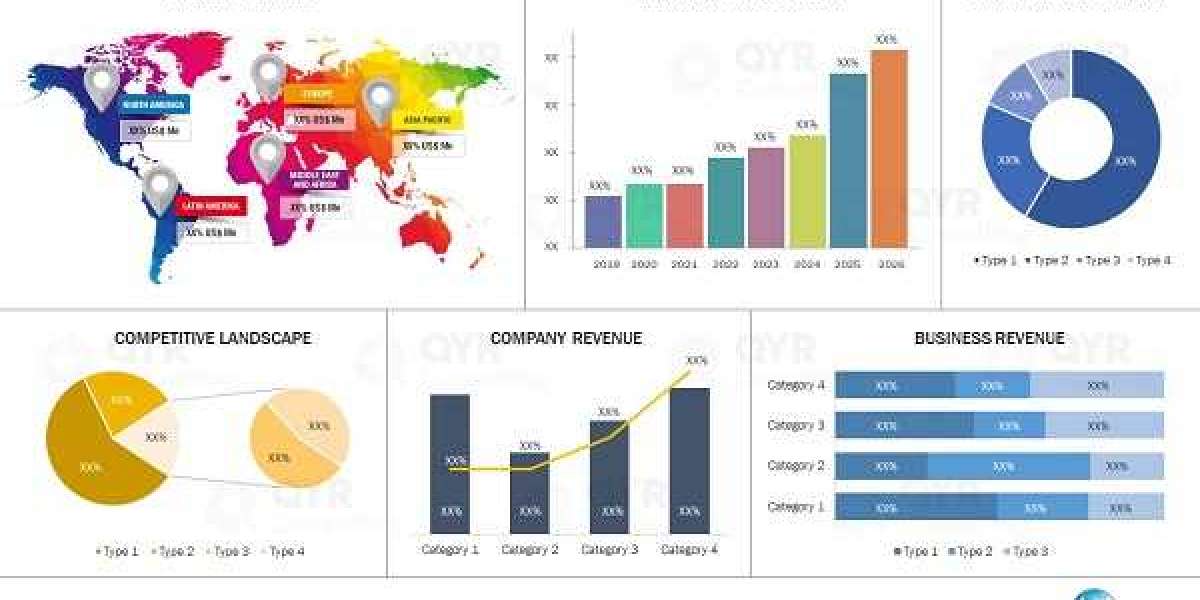CFA examinations are a big challenge; they take rigorous preparations, both intellectually and through discipline, over several months. However, getting the CFA charter is just the beginning. Asset management in the real world is not about being just an analyst as a CFA charterholder; it is more about being strategic thinkers, ethical leaders, and data-driven decision-makers that construct billion-dollar investment strategies with finesse and integrity.
They are certainly differentiated from others because of the width and breadth of their knowledge, equity valuation, or portfolio theory. However, it would be in the application of that within dynamic, high-pressure situations that they influence the ramifications that travel through the financial markets. This is why institutions are increasingly looking for professionals equipped by structured paths such as the CFA Course in Boston, which marries technical mastery with applicability in the real world.
From Models to Management: Strategic Decision-Making in Action
For successful strategic decision making in asset management, it is not about being correct once. It is much more about consistently maneuvering through times of uncertainty in the market as well as macroeconomic signals, managing client mandates, and regulatory shifts while also managing risk exposure.
CFA charterholders know how to perform such things. Advanced financial modeling, statistical analysis, and scenario-based simulation form the basis of their syllabus. However, what really makes them the high-flyers within firms is their ability to turn those quantitative insights into actionable recommendations for investment committees and leadership teams.
A recent example could be taken from the headlines. In this increasing concern over inflation that has been felt at the beginning of the year 2025 and also uncertainty about the central bank policies, asset managers have been put in a position where they are required to reallocate capital toward more resilient sectors. From CFA-trained professionals, those discussions have been driven-not about tweaking portfolios but forecasting market sentiment, analyzing risk-adjusted return profiles, and recommending strategic shifts in asset allocation frameworks.
Bridging the Gap between Analysis and Execution
The analysts are usually set apart from the doers. CFA charterholders are some of those who form this bridge. Theirs, then, was an education that placed as much premium on rigorous analysis as on communication, ethical standards, and client-centered thinking.
Where decision making at the leadership level discusses an investment strategy, CFA charterholders will be the ones who would fit to interpret wise ideas not only to clients but also to C-suite executives. This ability becomes even more valuable when you're looking at the more volatile assets or ESG-style portfolios or opportunities in emerging markets, where stakes are high and clarity can be more valuable than gold.
Moreover, these professionals are becoming the backbone of any firm's strategic direction, wherein internally, companies largely count on their charterholders to set or advise on policy, be it on portfolio rebalancing thresholds, ESG screening practices, or compliance infrastructure improvements.
ESG and the Strategic Shift
Probably the greatest strategic vehicle put forth into asset management is the mainstream adoption of ESG (Environmental, Social, and Governance) metrics. ESG has become more than just a buzzword; it has become a pillar of how assets are screened, valued, and weighted.
CFA charterholders are at the forefront of this change. They are trained to distinguish between real ESG value and superficial greenwashing; to critically assess disclosures with respect to material sustainability factors; and to envisage how ESG risks might conceivably impact long-term performance.
Recent updates to the CFA curriculum have incorporated ESG analysis and sustainable finance further in line with the necessity of the profession for harmonizing investment strategies with global environmental and governance objectives. The charterholders with this outlook are ever more being promoted to positions leading multi-assets funds, sustainable investing desks, and stewardship committees.
Adaptation to Technology: Quant Meets Human Judgment
On one hand, quantitative finance is growing extremely deep into the roster of tech-driven tools, and on the other hand, algorithms do not replace the insight but rather amplify it. CFA charterholders learn to interpret machine-generated signals and apply the relevant human judgment as to the context and long-term implications.
For an example: Say a data model flags an arbitrage opportunity on historical correlations. The CFA strategist will question the inputs, understand the context of the market regime, and decide whether the opportunity is structurally viable or just statistical noise.
Increasingly more companies are recognizing the necessity for individuals who can both decode the tech and empathic, client-centered reasoning, with algorithmic trading and AI-driven dashboards forming the backbone of portfolio construction.
Conclusion: More Than a Designation—A Strategic Asset
Asset management companies are looking for analysts but also for strategic partners. Those who can tackle complexities, keep trust with the client, and streamline integrated solutions to investment problems.
The CFA Training Program in Boston is grooming exactly such professionals-those who transcend numbers to become trusted voices in high-stake decisioning rooms. Because charterholders are influencing the game and changing it in instances where data, strategy, and ethics collide.











